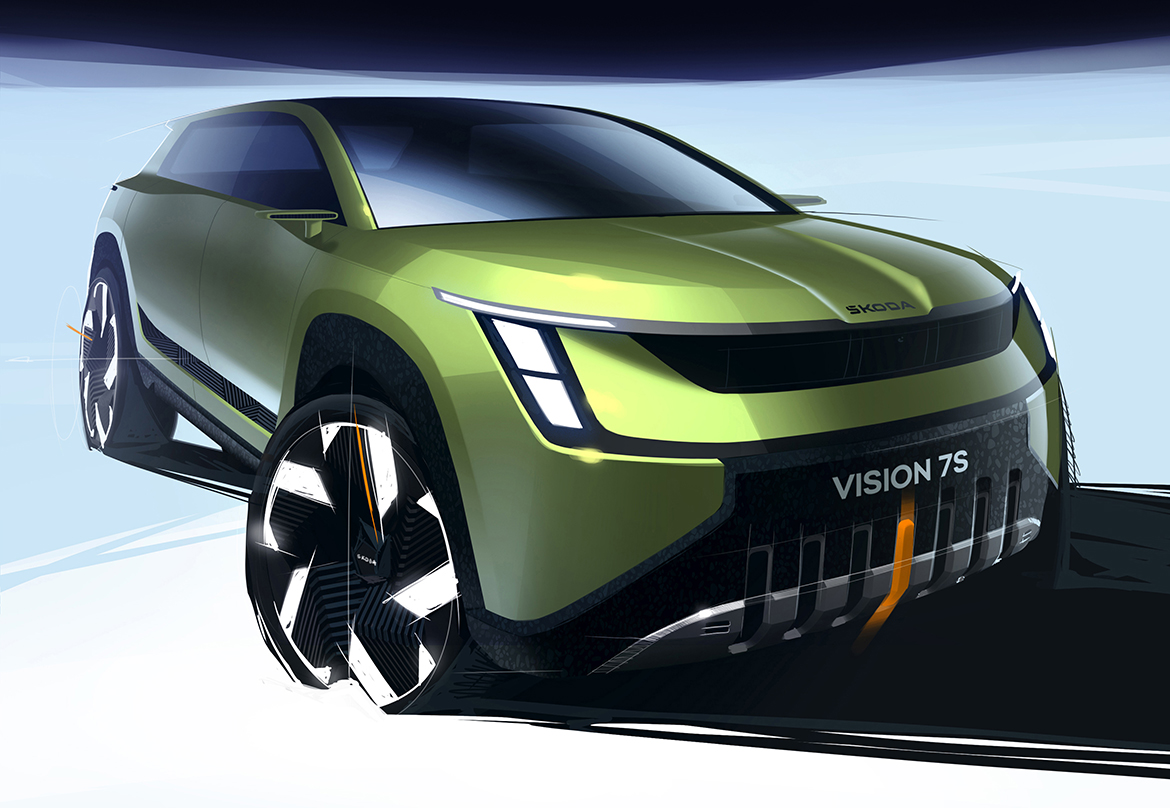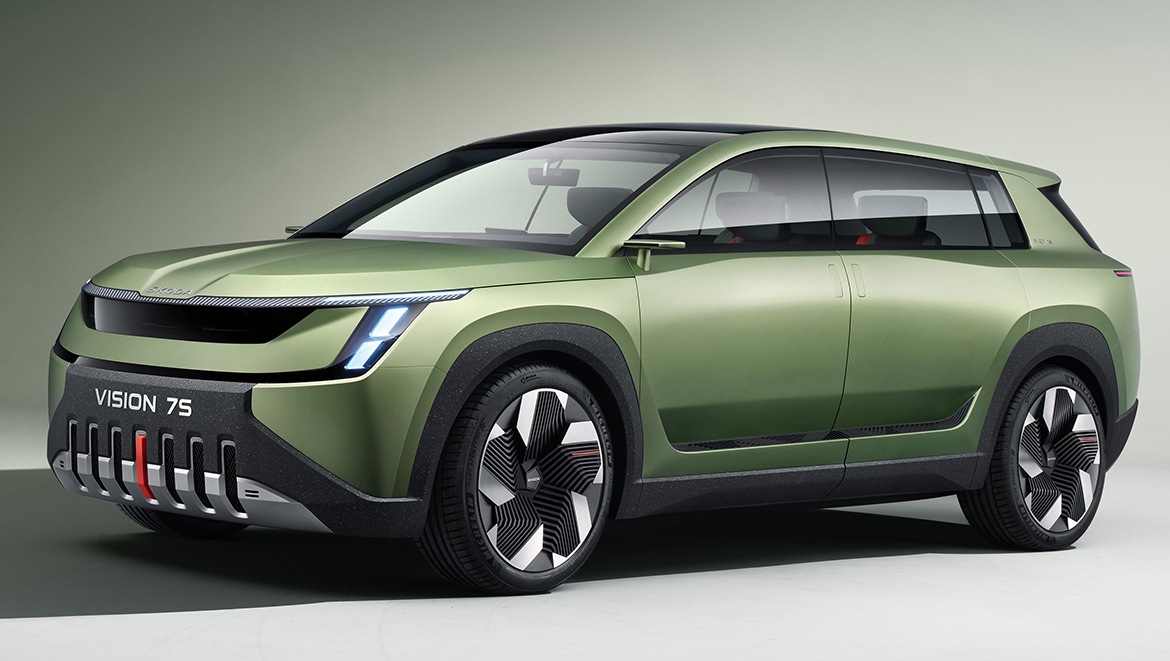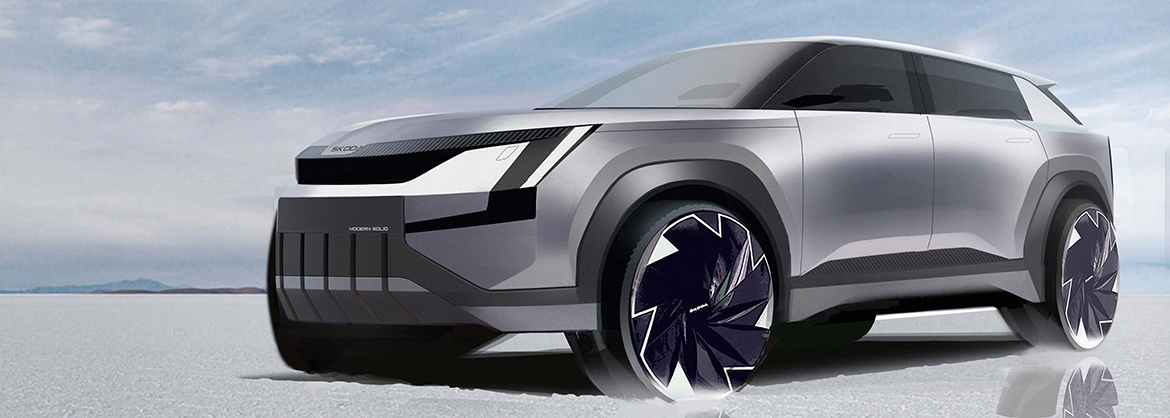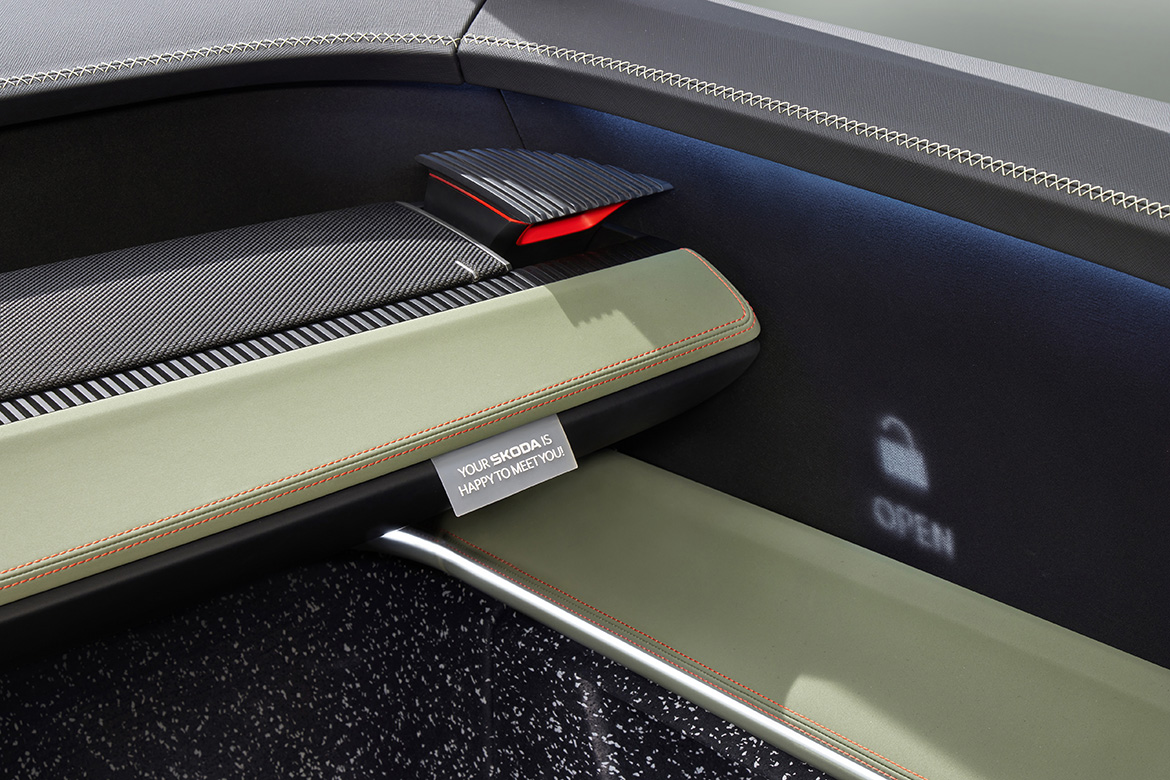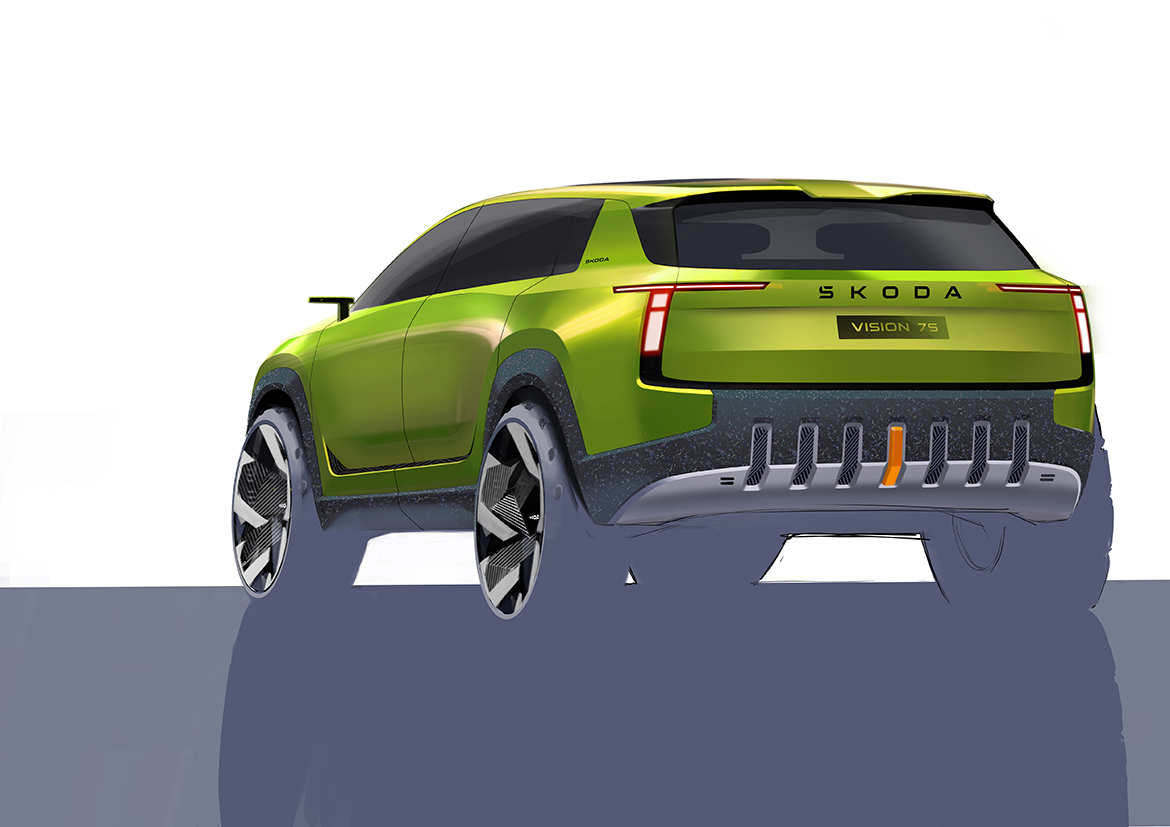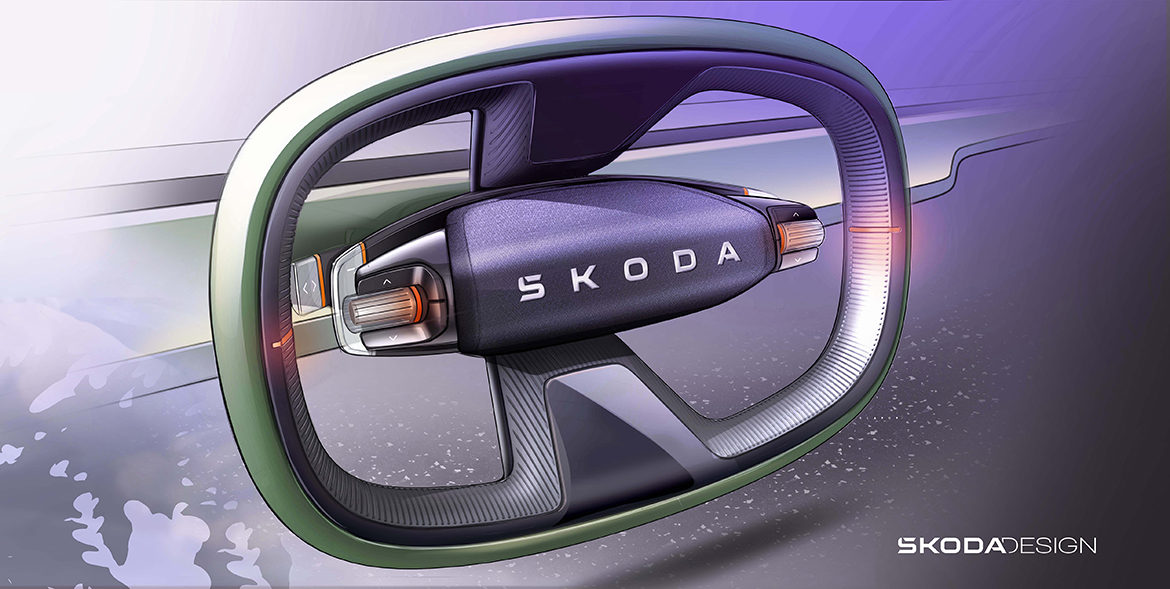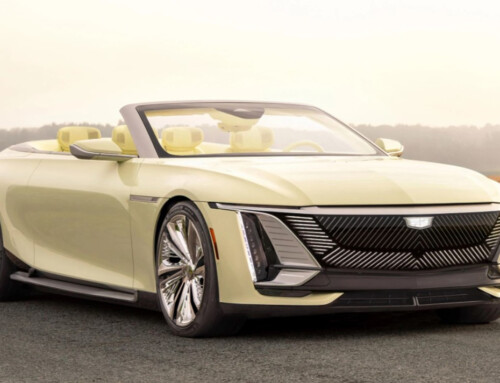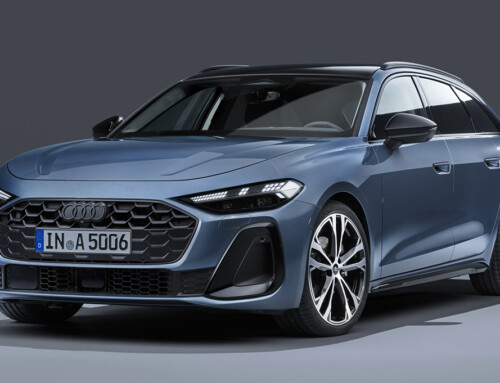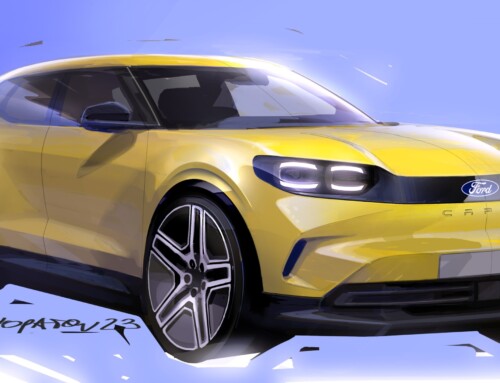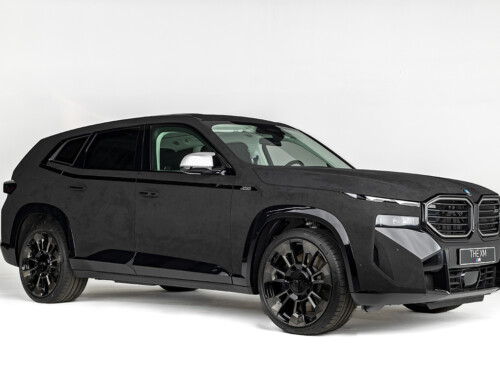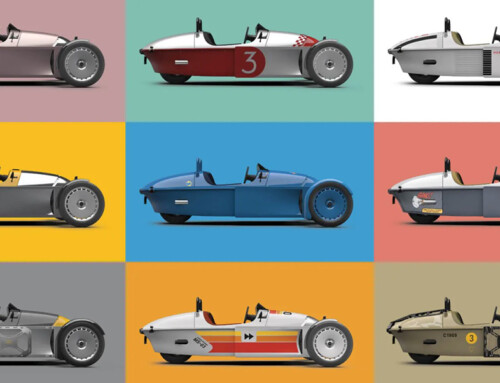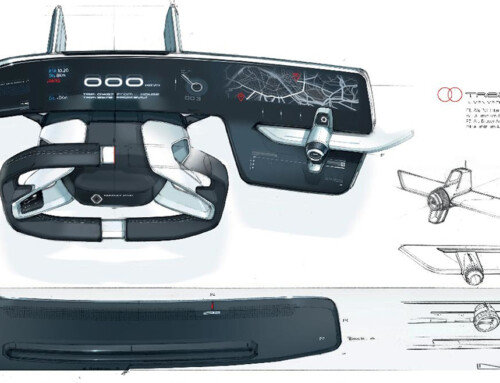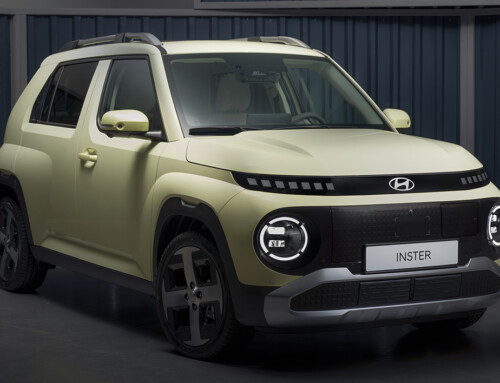Škoda presents the Vision 7S, a concept car that anticipates a new model to arrive in the next few years powered by a 100 per cent powertrain. The car also heralds a new stylistic direction for the Volkswagen Group brand. The Vision 7S can seat up to seven passengers and uses the Volkswagen Group’s Modular Electrification Kit (MEB) and has an 89 kWh battery for a claimed range of 600 km. The new styling philosophy is defined by a new front end, renamed Tech-Deck Face, and interiors made from sustainable materials.
The front of the vehicle also incorporates familiar design elements, such as the characteristic Škoda bonnet line. The redesigned lettering replaces the front logo and is complemented by a new ambient light strip. This extends across the entire width of the vehicle on the upper edge of the front section and features illuminated graphics. The so-called Tech-Deck Face is a modern reinterpretation of the manufacturer’s classic grille. Although it has similar lines, the Tech-Deck Face is significantly flatter and wider than its predecessor. The front and rear bumpers of the Vision 7S as well as the wheel arch linings are made of very robust materials, obtained from recycled tyres.
The minimalist interior is spacious and conveys a sense of security, which is further enhanced by the combination of dark and light materials. The latter do not include the use of natural leather, mostly come from sustainable sources and are extremely durable thanks to certain material combinations. One example is the floor of the Vision 7S, which is also made of material from recycled tyres. The interior mouldings are also sustainable and are covered with a thin matt metal layer while the fabrics are made from 100 per cent recycled polyester yarn.
The car offers passengers two different cockpit configurations, with a rotating central touchscreen and sliding elements to create the perfect environment for different situations: Driving and Relaxing. While driving, all controls are within the driver’s reach, while the 14.6-inch central touchscreen is oriented vertically to improve accessibility and information overlay. When charging or parking, the Relax mode can be selected by pressing a button in the centre console. The cockpit is transformed with an elegant synchronous movement: the steering wheel and instrument panel slide backwards relative to the driver and passengers to create additional space. The seats in the first row swivel inwards and recline for more comfort, allowing rear passengers to see the screen as well.

